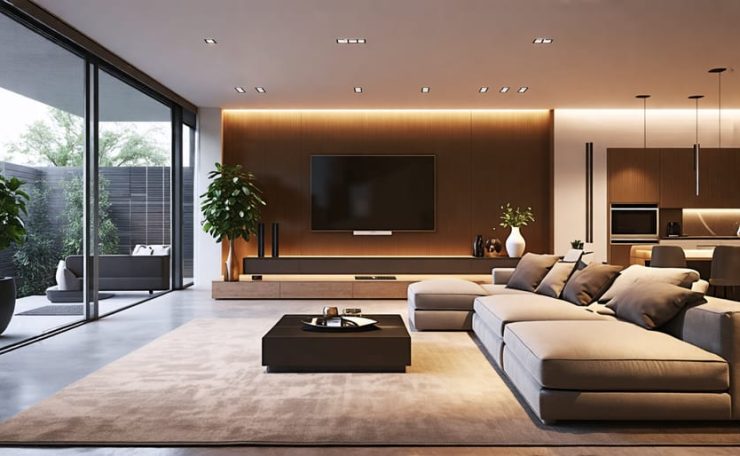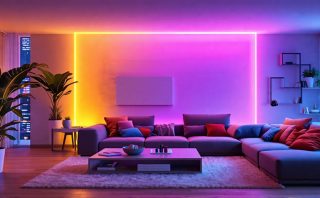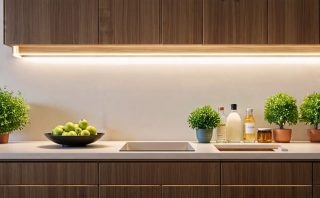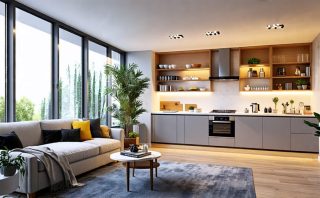Enhance your home with an integrated smart home system by evaluating your current devices for compatibility with centralized platforms. Prioritize security and functionality by selecting devices that offer robust encryption and reliable performance. Optimize your living space aesthetically by choosing sleek, modern designs that seamlessly blend with your interior décor. Streamline control by investing in a high-quality hub or controller that consolidates various smart gadgets into a cohesive system.
Understanding Integrated Smart Home Systems
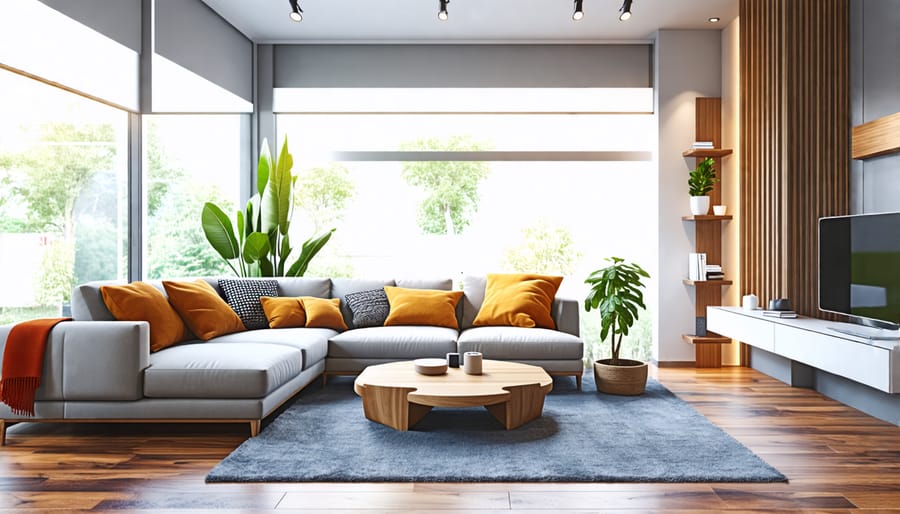
What They Are and How They Work
Integrated smart home systems have revolutionized the way we manage our living spaces by seamlessly combining various technologies for enhanced convenience, security, and efficiency. At their core, these systems use Internet of Things (IoT) technology to connect diverse devices, allowing them to communicate and function harmoniously within a home environment. For instance, integrating IoT can transform ordinary household devices like lights, thermostats, and security cameras into interconnected components that can be controlled from a centralized hub or smartphone app.
Imagine waking up to a home where your blinds automatically open, the thermostat adjusts the temperature to your preference, and your coffee starts brewing—all set to your daily schedule. This level of automation not only serves convenience but significantly enhances energy efficiency by optimizing the usage of electrical appliances according to real-time conditions and preferences.
Selecting the right smart home system involves understanding your specific needs, such as security, energy management, or entertainment, and choosing compatible devices that can easily integrate into existing infrastructure. Seeking expert advice through personalized consultations can help identify the best solutions tailored to your lifestyle and ensure a seamless integration process.
Ultimately, the blend of aesthetics and functionality provided by smart home systems helps create an intuitive and responsive environment, enriching the daily living experience.
Key Components of Smart Home Systems
Integrated smart home systems encompass a variety of components designed to enhance both functionality and aesthetics in modern living spaces. Central to these systems are smart lighting solutions, which allow homeowners to control brightness, color, and ambience through mobile apps or voice commands. These systems can be programmed for energy efficiency, saving costs while creating the desired atmosphere for any occasion.
Automation plays a pivotal role by integrating devices such as thermostats, security cameras, and door locks. This interconnectedness enables personalized settings and remote management, offering both convenience and peace of mind. By utilizing hubs or controllers, users can effortlessly manage all devices from a single interface, simplifying the user experience.
Other vital elements include voice assistants like Amazon Alexa or Google Assistant, which facilitate hands-free control, and smart sensors that optimize home security and energy use by monitoring environmental changes. By providing seamless integration and user-friendly interfaces, these components collectively transform traditional homes into smart, efficient living spaces.
Benefits of Integrated Smart Home Systems in Interior Design
Aesthetic Enhancements
Integrated smart home systems hold the potential to dramatically enhance a home’s aesthetics, especially with the incorporation of smart lighting. These solutions allow homeowners to effortlessly alter the ambiance to match any occasion or mood. Imagine walking into a room that automatically brightens up to greet you in the morning and morphs into a cozy haven by evening—achieved seamlessly with adjustable smart light hues and intensity. Beyond mere illumination, smart installations like automated blinds, color-changing light panels, and customizable art displays can be synchronized for diverse effects, transforming spaces into dynamic canvases. For those interested in thoughtful curation, personalized consultations can provide invaluable insights into selecting optimal devices tailored to personal taste and architectural style, ensuring that form meets function. By leveraging these technologies, spaces can be reimagined beautifully, resonating with the homeowner’s vision while maintaining practicality and innovation at its heart.
Functional Improvements
Integrated smart home systems redefine convenience and energy efficiency in modern living spaces. By connecting various devices such as lighting, heating, and security into a unified network, these systems offer homeowners unparalleled control right from their smartphones or voice-enabled assistants. Imagine adjusting the thermostat, dimming the lights, or checking security cameras remotely—all from a single app. This not only enhances convenience but also optimizes energy use.
Automatic schedules can be set to turn off lights or adjust temperatures during off-peak hours, reducing energy consumption and lowering utility bills. Advanced sensors detect occupancy and adjust settings in real-time, ensuring energy isn’t wasted in unoccupied rooms. With the added benefit of personalized consultations, users can create a tailored solution that fits their specific needs, enhancing both aesthetic appeal and functionality. Integrated smart home systems bring a level of efficiency and ease that aligns perfectly with the demands of modern living.
Choosing the Right Smart Home System for Your Needs
Personalized Consultation: Tailoring Solutions
Investing in an integrated smart home system can transform your living space into a cohesive environment that blends seamless functionality with modern aesthetics. However, with a multitude of options available, personalized consultations with experts become invaluable. These consultations serve as a tailored approach to identify the unique needs of your home, ensuring the selection of the most efficient and suitable system.
Experts begin by assessing your current setup and understanding your lifestyle, which allows them to recommend technologies that align with your day-to-day activities. Whether it’s optimizing energy use through smart thermostats or enhancing security with advanced surveillance systems, a personalized consultation ensures precise integration that caters to your specific preferences and requirements.
Furthermore, professionals can provide detailed product comparisons, explaining the benefits of different devices, their compatibility, and their impact on your home’s infrastructure. This ensures clarity and confidence in decision-making, enabling you to choose a system that offers the desired balance of convenience and control. By investing in expert guidance, you not only enhance your home’s functionality but also future-proof it by incorporating scalable solutions that can adapt to evolving technological landscapes. Engaging in a professional consultation empowers you to make informed choices, ultimately maximizing the value and efficiency of your smart home investment.
Comparing Popular Smart Home Systems
Smart home systems have revolutionized how we interact with our living and working spaces, offering streamlined control over lighting, security, climate, and more. As you explore options, understanding the unique attributes of each system is crucial for tailoring a solution to your specific needs. Leading the market, Samsung SmartThings stands out for its compatibility with a wide array of devices and an intuitive app interface, making it a versatile choice for nearly any household. Apple HomeKit, known for its stringent privacy measures and seamless integration with other Apple products, is perfect for those who prioritize security and user-friendliness in an ecosystem already rich in Apple technology.
For a comprehensive, AI-driven experience, Google Nest Hub provides exceptional voice control and smart display features, ideal for users looking to intertwine artificial intelligence with daily household management. Meanwhile, Amazon Alexa’s robust voice assistant capabilities offer extensive smart home integration with an ever-growing list of compatible third-party devices, useful for homeowners seeking a customizable system to expand over time.
Each of these systems enhances living spaces both functionally and aesthetically. When selecting, consider factors like compatibility, ease of use, and specific needs such as focusing on smart lighting benefits to ensure your smart home system elevates your environment.
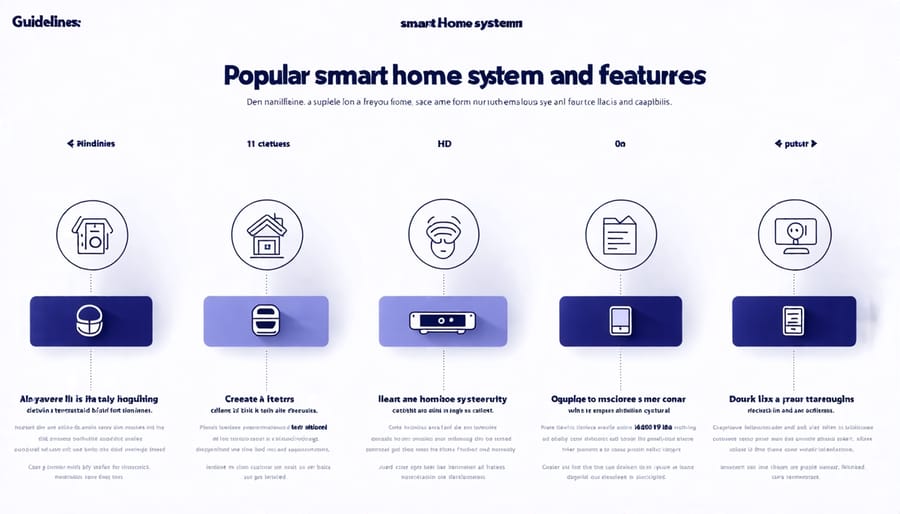
Integrating Lighting with Smart Home Technology
Innovative Lighting Solutions
Integrated smart home systems are revolutionizing the way we illuminate our living and workspaces. At the forefront of this change are innovative smart lighting options, offering unprecedented control and aesthetic appeal. By utilizing advanced technologies such as app-based controls, voice activation, and motion sensors, homeowners can tailor their lighting environments to suit any mood or occasion. This customization extends beyond simple on/off functionality, allowing for dynamic adjustments in color temperature and brightness that align with circadian rhythms, promoting well-being and productivity.
Moreover, these smart lighting systems integrate seamlessly with other home devices, creating a cohesive ecosystem that enhances convenience and energy efficiency. Personalized consultations can guide users in selecting the best solutions tailored to their needs, highlighting products that deliver both style and functionality. Whether you’re looking to transform a residential setting or a commercial space, these innovative solutions open a new realm of possibilities in lighting design.
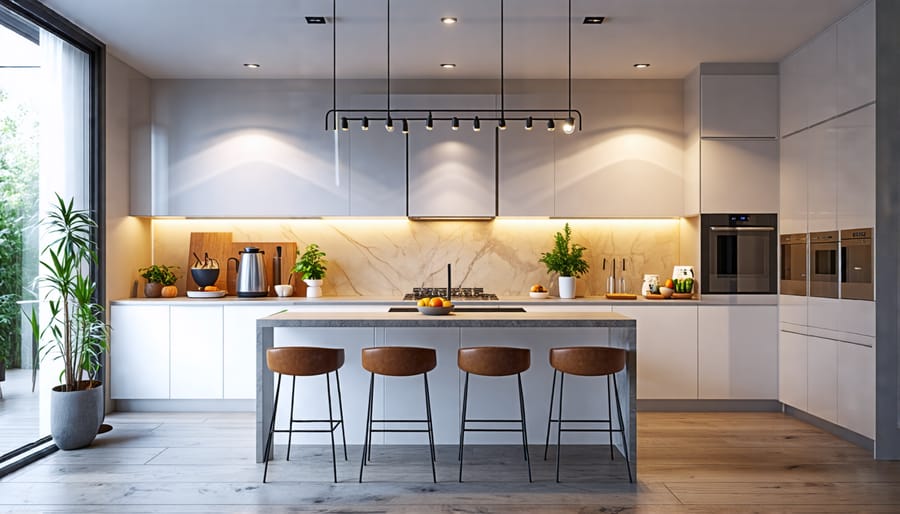
Case Studies
Smart lighting integration has transformed contemporary homes, creating environments that are both aesthetically pleasing and highly functional. One notable example is the Martin family, who upgraded their traditional lighting system to an integrated smart solution. Through personalized consultation, they opted for a cohesive setup that allows them to adjust brightness and color remotely, enhancing their living space during family gatherings and cozy evenings alike. Another successful case involved an interior designer, Lisa Tran, who used smart lighting to highlight design elements in a cutting-edge condo. By employing programmable LEDs, she crafted versatile scenes that adapt to her client’s diverse needs, from vibrant settings for entertaining guests to soft, ambient lighting for relaxation. Both examples demonstrate the tangible benefits and transformative power of smart lighting, offering tailored solutions that enhance everyday living. These success stories illustrate how integrated systems can optimize light quality while providing seamless control, underscoring their potential as essential components in modern home design.
Conclusion
In conclusion, integrating smart home systems into interior design offers remarkable benefits, blending aesthetics with functionality. These systems provide homeowners and professionals with enhanced control over lighting, security, and climate, significantly improving comfort and convenience. As technology evolves, the potential for personalization and energy efficiency in smart homes will continue to expand, enabling more creative and sustainable living environments. For those aspiring to enhance their spaces, consulting with experts and comparing products are crucial steps. Embracing smart home innovations allows for tailored solutions that elevate both residential and commercial interiors, ensuring they remain stylish, efficient, and future-ready.
Frequently Asked Questions
An integrated smart home system brings together various technologies to create a seamless, automated living environment. Below are answers to some common questions about these systems:
What is an integrated smart home system? An integrated smart home system connects multiple smart devices—such as lights, thermostats, and security cameras—into one cohesive network that you can control from a central hub or app on your smartphone.
How does it enhance my living space? These systems are designed to optimize both functionality and aesthetics in your home. For instance, smart lighting can be programmed to simulate natural light patterns, enhancing the ambiance and supporting well-being. Likewise, smart thermostats not only ensure your home is at the perfect temperature but also adjust settings to save energy, reducing your bills and environmental impact.
Are these systems suitable for all types of properties? Yes, whether you’re a homeowner, interior designer, or commercial business owner, these systems can be tailored to meet your specific needs. Personalized consultations can assess your requirements and recommend the best solutions to integrate smart technology into your existing space.
Is it difficult to set up a smart home system? While setting up a system might seem daunting, professionals can assist in the installation, ensuring all devices communicate effectively. Typically, your involvement will be limited to initial preference settings through an easy-to-use app.
How do I choose the right smart home devices? It’s crucial to consider compatibility across devices and your specific lifestyle needs. Comparing detailed product reviews and seeking expert advice can guide your decision-making process to create a harmonious and efficient home environment.

